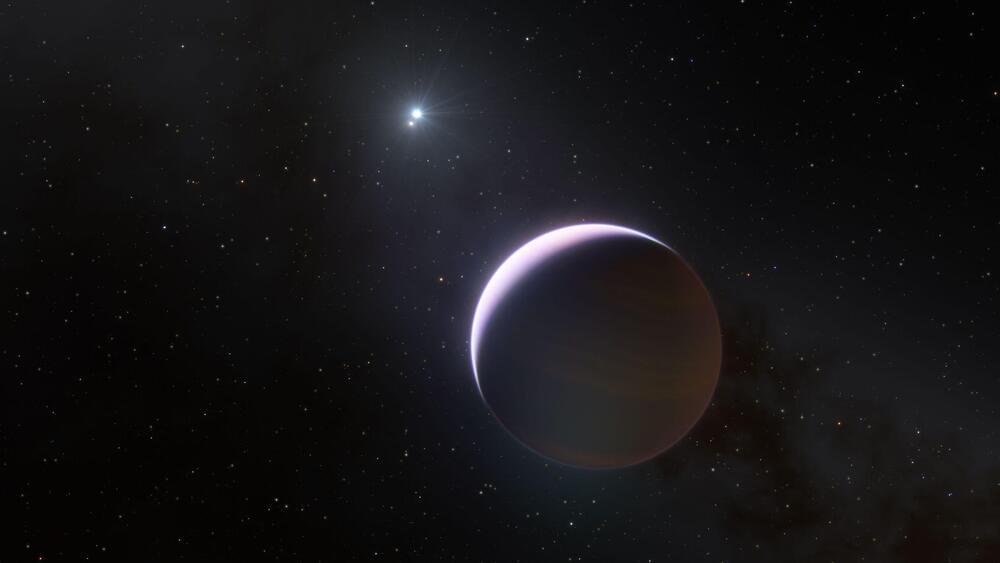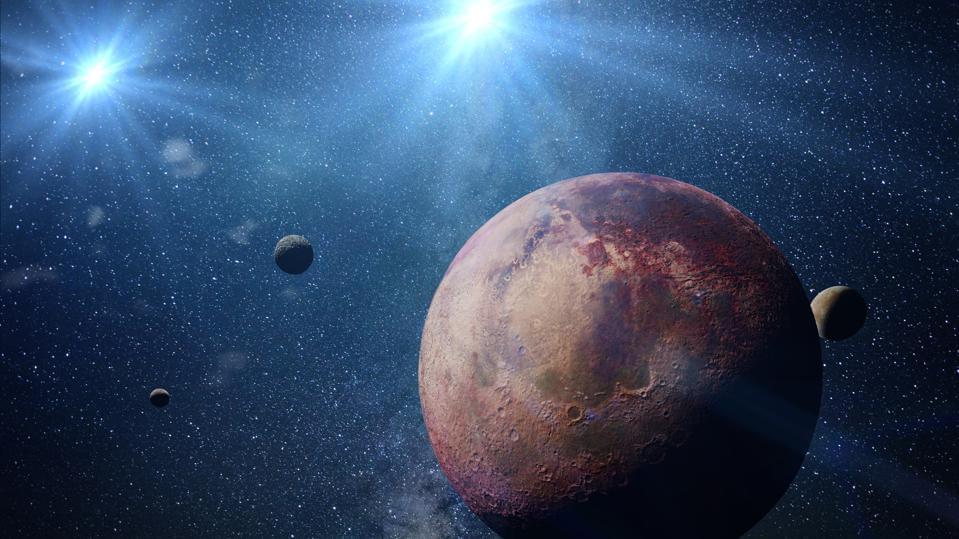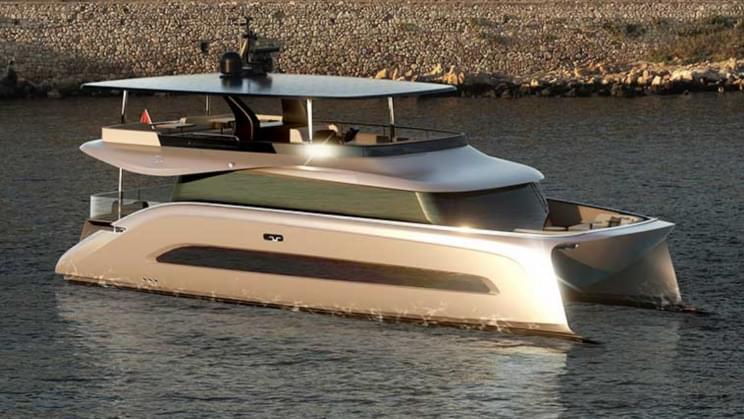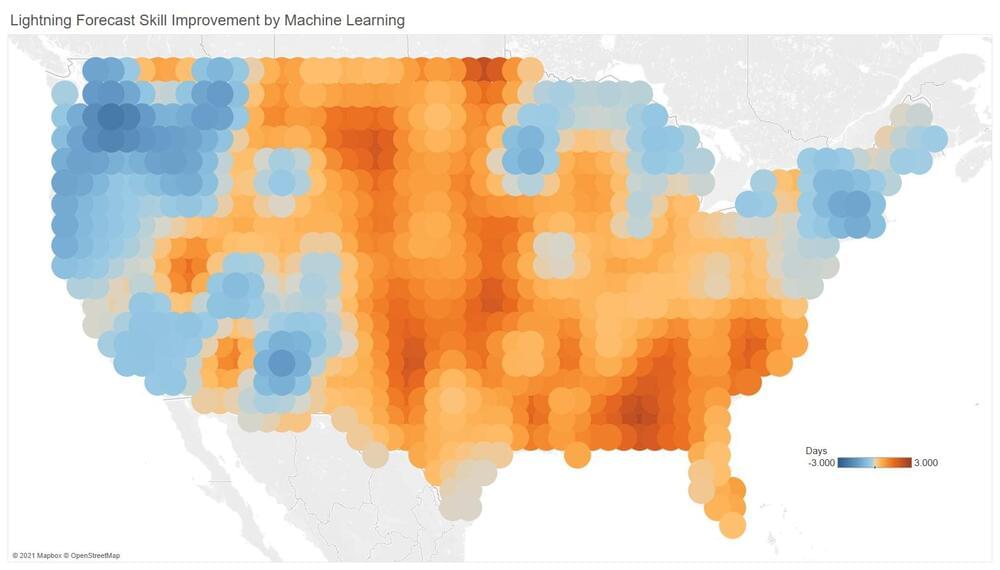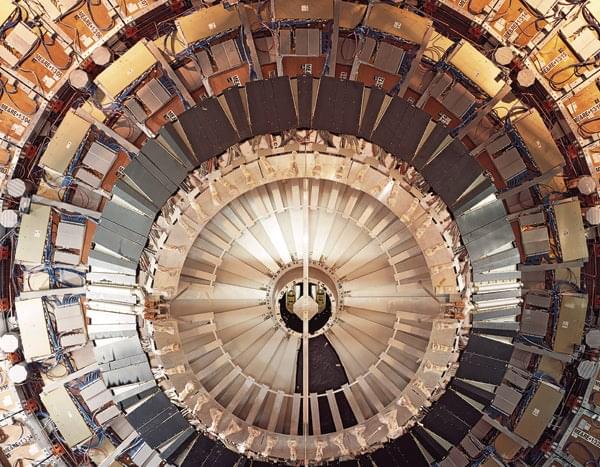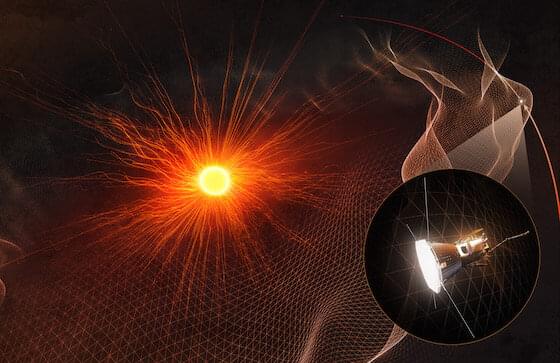Scientists have discovered a planet 10 times as massive as Jupiter orbiting a pair of stars in another solar system, according to new research.
The research, published Wednesday in the journal Nature, points to the discovery of a planet named b Centauri (AB)b or b Centauri b, with an image captured by the European Southern Observatory’s Very Large Telescope in Chile.
The planet is 10 times as massive as Jupiter and “one of the most massive planets ever found,” according to the observatory.
